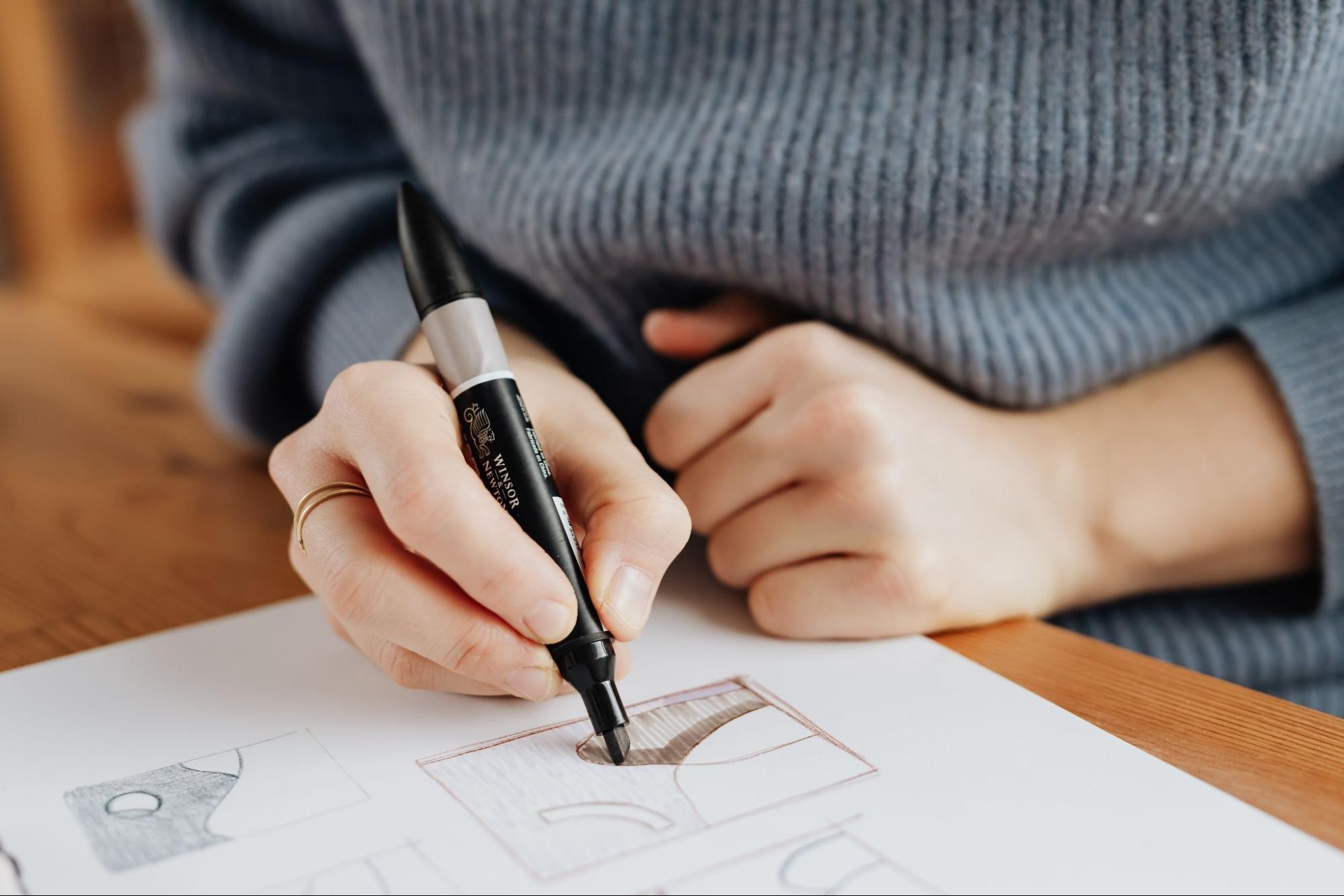Table of Contents
ToggleHow to Change Perspective in Illustrator
In the ever-evolving world of graphic design, mastering Adobe Illustrator is a must, and understanding how to manipulate perspective can take your designs to another level. Perspective in Illustrator isn’t just about making objects look 3D; it’s a powerful tool that can help you create compelling, dynamic artwork. I’m here to guide you through some helpful tutorials on changing perspective in this versatile program.
Whether you’re new to Illustrator or have been using it for years, there’s always something new to learn. Even if you’re comfortable with most of the tools and functions, getting the hang of modifying perspective might seem daunting at first. Don’t worry! It’s not as complex as it seems once you get the basics down.
So let me walk you through some step-by-step perspective tutorials for Illustrator. Together we’ll explore various techniques and tricks that will make changing perspective a breeze. By the end of these tutorials, I promise that manipulating perspectives in Illustrator won’t be intimidating anymore – instead, it’ll be an exciting addition to your design arsenal!
Understanding the Basics of Perspective in Illustrator
Let’s dive into the world of Adobe Illustrator, a graphics editor that has transformed my design journey. One tool I’ve found indispensable is the perspective grid tool. It’s a game-changer for creating realistic 3D designs and altering perspectives.
Illustrator’s perspective grid allows me to draw shapes and scenes with accurate 1-point, 2-point, or 3-point linear perspective. For example, when creating an urban landscape with towering skyscrapers, it’s essential to nail down your vanishing points to achieve a sense of depth and distance. And this is where Illustrator shines!
But how exactly does it work? First up, you’ll need to select the Perspective Grid Tool from your toolbar (or hit Shift+P). Once activated, you’ll see a grid overlay on your artboard – don’t be intimidated! This grid represents horizon lines and vanishing points — crucial elements in achieving realistic perspective.
Now for some hands-on action! To start drawing in perspective:
- Choose the plane you want to draw on using the ‘Perspective Selection Tool.
- Pick any shape from your toolbar.
- Start drawing directly onto your chosen plane.
Boom! You’re now creating designs that adhere perfectly to your chosen point of view.
However, changing perspectives can be tricky if you’re new to this feature. Let me share some insights there: To change an existing object’s perspective – say we have a circle we want turned into an ellipse – I would use the ‘Free Transform Tool’ (shortcut key “E”). By dragging corners or sides while holding down Ctrl/Cmd + Alt/Option + Shift together during transformation, I can adjust my object’s proportions based on my desired viewpoint.
I hope these tips help shed some light on understanding basic perspectives in Illustrator! Keep practicing; soon enough you’ll find manipulating perspectives becomes second nature as part of your design process.

Importance of Mastering Perspective Tutorials in Illustrator
Have you ever looked at a stunning piece of graphic design and wondered how it’s so spatially accurate? I’ll let you in on a secret: It’s all about mastering perspective. By using Adobe Illustrator, artists can bring their two-dimensional designs to life with realistic depth and dimension. But why is this skill worth your time?
First off, understanding perspective allows for more dynamic artwork. When you’ve got the hang of manipulating perspective in Illustrator, there’s no limit to what you can accomplish. Think three-dimensional logos that leap off the page or intricate patterns that seem to warp space itself.
To illustrate my point, consider an everyday object like a coffee cup from various angles. Without the knowledge of perspective, it’d look flat and uninteresting – hardly representative of the real thing! But once you’ve mastered perspective tutorials in Illustrator, that same coffee cup could be viewed from any angle while retaining its shape and proportions — making for an engaging visual experience.
Moreover, clients appreciate designers who are versatile. In today’s competitive digital market, skills as crucial as these can set you apart from the crowd. For instance, imagine being commissioned to design a billboard ad promoting a new skyscraper downtown. The client would likely want the building shown at an impressive angle demonstrating its height and majesty — something only achievable by someone well-versed with changing perspectives in Illustrator.
Lastly but certainly not least: efficiency! Once familiar with this toolset within Illustrator, altering perspectives becomes a breeze – saving precious time during tight deadlines without compromising on quality.
So whether it’s creating visually enticing graphics or meeting diverse client demands efficiently — mastering Perspective Tutorials in Illustrator offers immense benefits for anyone in the field of digital artistry!
- Dynamic Artwork
- Client Satisfaction
- Efficiency
In essence: Don’t just learn it… master it!






